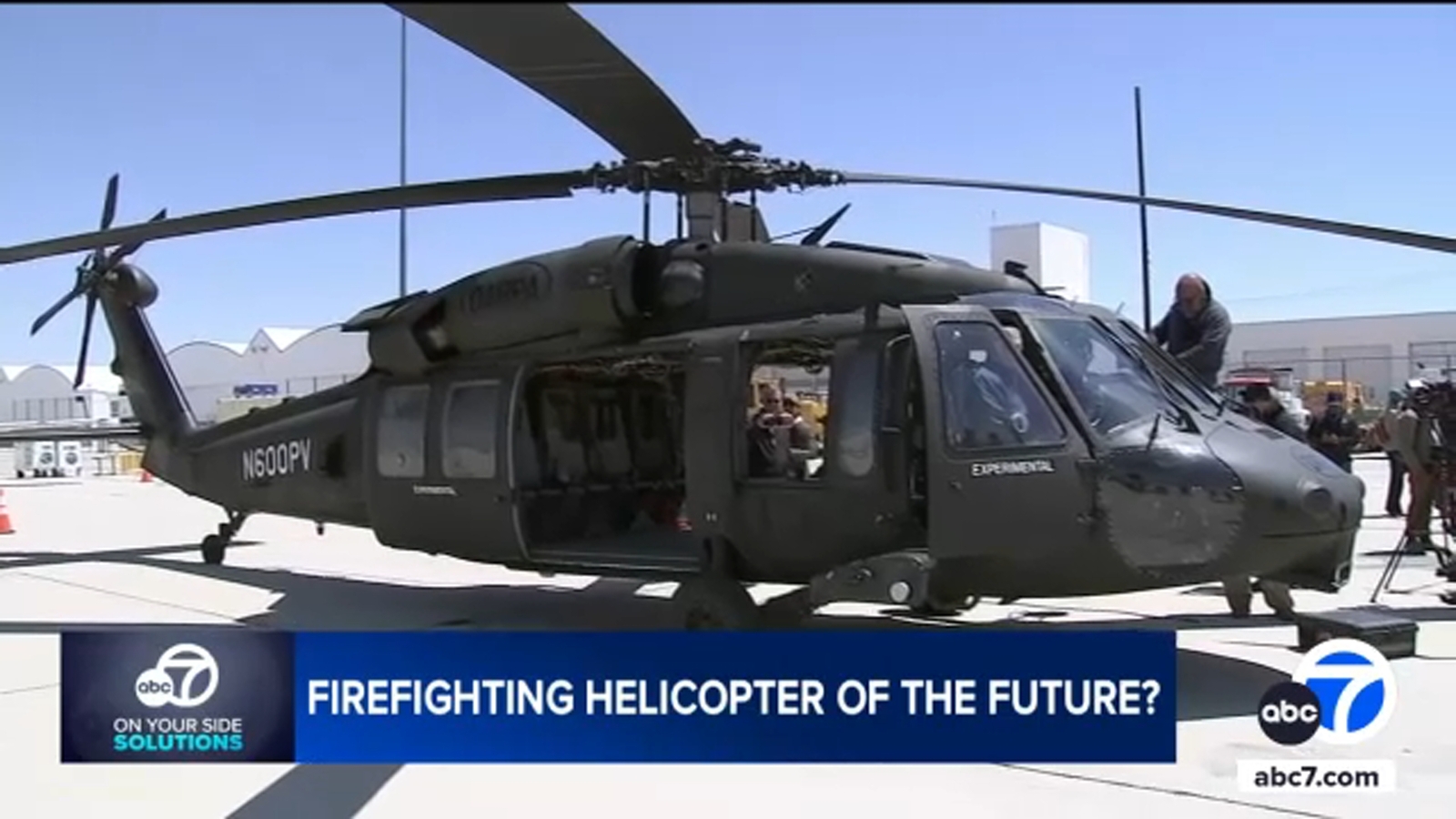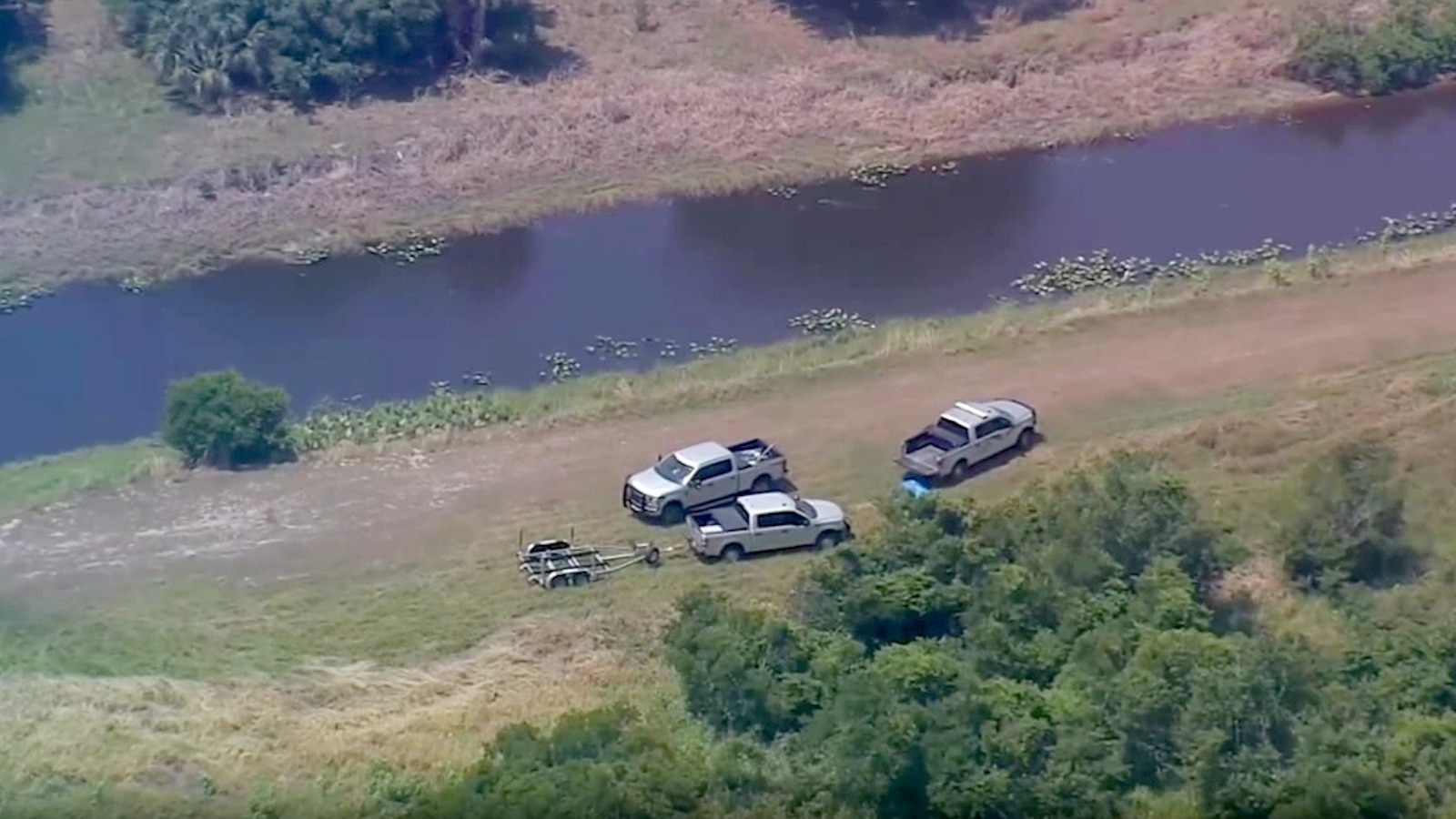Increased Firefighting Efficiency And Safety: The Promise Of Autonomous Helicopters

Welcome to your ultimate source for breaking news, trending updates, and in-depth stories from around the world. Whether it's politics, technology, entertainment, sports, or lifestyle, we bring you real-time updates that keep you informed and ahead of the curve.
Our team works tirelessly to ensure you never miss a moment. From the latest developments in global events to the most talked-about topics on social media, our news platform is designed to deliver accurate and timely information, all in one place.
Stay in the know and join thousands of readers who trust us for reliable, up-to-date content. Explore our expertly curated articles and dive deeper into the stories that matter to you. Visit Best Website now and be part of the conversation. Don't miss out on the headlines that shape our world!
Table of Contents
Increased Firefighting Efficiency and Safety: The Promise of Autonomous Helicopters
Wildfires are devastating natural disasters, causing widespread destruction and posing significant threats to human lives and property. Fighting these blazes often puts firefighters in incredibly dangerous situations. But a new technological frontier is emerging, offering a potential game-changer: autonomous helicopters. These unmanned aerial vehicles (UAVs) promise to revolutionize firefighting, increasing both efficiency and safety for those on the ground.
The Challenges of Traditional Wildfire Suppression
Traditional wildfire suppression relies heavily on human firefighters, often working in extreme and unpredictable conditions. The inherent risks involved include:
- Exposure to extreme heat and smoke: Leading to respiratory issues and heatstroke.
- Difficult terrain: Making access to fire lines challenging and dangerous.
- Rapidly changing fire behavior: Predicting and reacting to unpredictable shifts in fire intensity is crucial but incredibly difficult.
- Limited aerial resources: Helicopters, while essential, are expensive to operate and require skilled pilots, often in short supply during major fire events.
Autonomous Helicopters: A Technological Leap Forward
Autonomous helicopters, equipped with advanced sensors, GPS technology, and AI-powered flight control systems, are poised to address these challenges. These systems can:
- Precisely deliver water or retardant: Autonomous systems can target specific areas with pinpoint accuracy, maximizing the impact of water drops and minimizing waste.
- Operate in hazardous conditions: Unlike human pilots, autonomous helicopters can operate in smoke-filled environments and challenging terrain with greater safety.
- Extend operational hours: They can continue firefighting operations for longer periods, even at night or during poor visibility, improving response times significantly.
- Reduce human risk: By performing dangerous tasks autonomously, they free up human firefighters to focus on strategic ground operations and less hazardous tasks.
Key Technologies Enabling Autonomous Firefighting
Several key technological advancements are driving the development of autonomous firefighting helicopters:
- Advanced sensor integration: LiDAR, thermal imaging, and high-resolution cameras provide real-time data on fire behavior and allow for precise targeting of water drops.
- AI-powered flight control: Sophisticated algorithms enable autonomous navigation, obstacle avoidance, and adaptive flight control based on changing conditions.
- Robust communication systems: Reliable communication links are crucial for maintaining control and monitoring the helicopter's performance.
- Improved battery technology: Longer flight times are essential for effective wildfire suppression, and advancements in battery technology are continuously improving this aspect.
The Future of Wildfire Suppression
While still under development, the potential of autonomous firefighting helicopters is undeniable. These systems offer a path towards safer and more efficient wildfire suppression, potentially saving lives and minimizing environmental damage. Further research and development are crucial to refine these technologies and ensure their widespread adoption. This includes addressing concerns related to cybersecurity, regulatory frameworks, and public acceptance.
Call to Action: Learn more about the latest advancements in autonomous firefighting technology by researching relevant academic papers and industry reports. The future of wildfire management may depend on it.

Thank you for visiting our website, your trusted source for the latest updates and in-depth coverage on Increased Firefighting Efficiency And Safety: The Promise Of Autonomous Helicopters. We're committed to keeping you informed with timely and accurate information to meet your curiosity and needs.
If you have any questions, suggestions, or feedback, we'd love to hear from you. Your insights are valuable to us and help us improve to serve you better. Feel free to reach out through our contact page.
Don't forget to bookmark our website and check back regularly for the latest headlines and trending topics. See you next time, and thank you for being part of our growing community!
Featured Posts
-
 Hill Ranks His Top Five Qbs Tua Tagovailoa Left Off The List
May 08, 2025
Hill Ranks His Top Five Qbs Tua Tagovailoa Left Off The List
May 08, 2025 -
 Knicks Celtics Game 2 2025 Nba Playoffs Live Updates Betting Odds And Expert Picks
May 08, 2025
Knicks Celtics Game 2 2025 Nba Playoffs Live Updates Betting Odds And Expert Picks
May 08, 2025 -
 Nfl 2024 Playoffs Can Backup Qbs Lead A Championship Run
May 08, 2025
Nfl 2024 Playoffs Can Backup Qbs Lead A Championship Run
May 08, 2025 -
 Florida Alligator Attack Woman Killed Husbands Heroic Rescue Attempt Fails
May 08, 2025
Florida Alligator Attack Woman Killed Husbands Heroic Rescue Attempt Fails
May 08, 2025 -
 2023 College Football Regular Season Key Stats And Surprising Trends
May 08, 2025
2023 College Football Regular Season Key Stats And Surprising Trends
May 08, 2025
